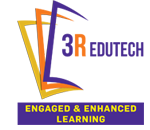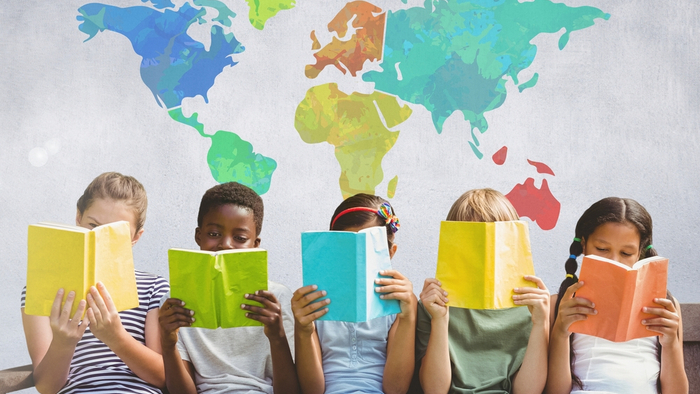- Posted on
- admin
- No Comments
The pandemic has forced many changes on the world. There are some industries like tourism and travel which have been crippled completely, there are others which have seen a major change in the dynamics. The IT industry has seen a change in the way people work from home, while the consumer goods industry has seen a dramatic shift in consumer behaviour. The Education sector too has been buffeted by the pandemic and here is a look at some of the changes that are perhaps here to stay.
- The rise in parent activism – The pandemic has seen a large shift in parent – school relationships. Many states have experienced parent activism leading to non-payment of fees for online education despite insisting on classes being conducted regularly. What started off as a resistance to high infrastructure demands in schools mushroomed into a demand for free education on the pretext of falling incomes. What then of the falling incomes of teachers and staff. What happens to the drivers and ayah-mas when schools are no longer operational offline. Are their lives any less impacted? The fact that parent activism has been taken over by virulent elements with the political class often supporting them against school managements does not bode well for education. A healthy dialogue between schools and parents is desirable but the pandemic has now sown the seeds of a dangerous precedent.
- The shift to online infrastructure – Educational institutes had no choice but to quickly shift to running classes online. What started as a temporary phenomenon soon became permanent as most schools did not have offline classes conducted in the last academic year. Shifting to online conduct of classes requires not only a suitable platform where teachers and students can communicate but also teaching aids like a black/white board, chat fora to clear doubts, using videos for instructions and the ability to keep the students engaged. In addition a system is required to take attendance, allocate and correct homework, schedule teachers and classes and conduct exams. Teachers soon realised that it wasn’t as simple as using the same lecture mode in online classes. The entire pedagogy has to be realigned. While the larger schools and chains managed to make the investment in IT infrastructure, most of the other schools are still struggling not knowing if they will be able to recover the investment costs fast enough.
- The work from home mode (teachers) – During lockdowns there was no alternate to having teachers teach classes from their respective residences. Teachers had to adapt to using technology (most often inadequate), using their living rooms as classrooms, managing their homes and families in addition to managing students without much help or training. The impact on student learning under such circumstances cannot be anything but sub optimal.
- The learn from home mode (students) – The biggest change in education by far because of the pandemic has been the ‘online’ education mode. Students across the world have been suddenly forced to attend classes and take tests from their homes. Homes might be comfortable but are not necessarily the best place for learning activity which stretches the mind. Not meeting friends and class mates, not having access to playgrounds, having to adapt to learning by listening to the teacher on a small screen is not the best of alternatives. Often, not having the right device, the appropriate connectivity, the correct medium of instruction (video based) and learning from books on ones own is a very tough task. Doing it in an environment where there are multiple opportunities for distraction makes it doubly tedious. On top of it is the whole issue of practicals. How do students learn by doing if they cannot have access to the labs.
- Child development – One of the longer term impacts of the pandemic will be on the psyche of children. Other than the school curriculum, children learn multiple social skills including building friendships, cooperation, managing different personalities, team work etc. In the absence of ample facets face interactions, will our generations grow in a lop sided manner? A generation which is so busy looking into their screens, they avoid eye-contact, a generation which is so dependent on Google for answers that they avoid social interactions, a generation missing out on playing team games? Educationists will need to look into these aspects and come up with appropriate solutions sooner rather than later.
- Infrastructure requirements – Most schools with a large fleet of school buses have realised that the costs of keeping this infra structure inoperative is huge. What allowed them the luxury of transporting students to their schools from afar and acted as a branding tool is now a millstone around their necks. This might prompt a new model of transportation going forward with schools not investing in school bus fleets etc. and instead relying on commercial transport operators. This might spell the end of the ubiquitous yellow buses and vans on our roads.
- Learning videos – Videos made a big splash as part of the curriculum with the likes of Educomp pioneering it almost two decades ago. That however did not sustain and soon became a fancy element in the classroom with neither the students nor the teachers using it extensively. That scenario might be changing with a fresh look at using simulations and videos for learning. In the absence of laboratories where students can perform an experiment themselves, the next best alternative might be to use high quality videos which will immerse the students in the experiment and aid their learning. The widespread use of simulation and videos in learning will to some extent compensate for the lack of lab time.

